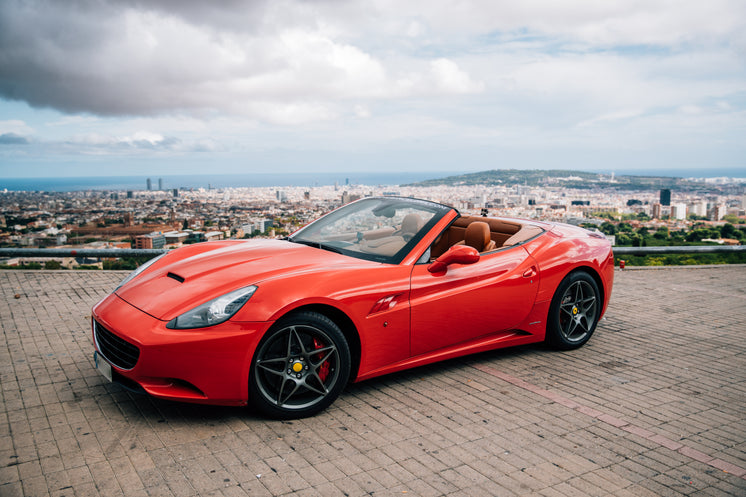 The Ferrari reports that the F12berlinetta is capable of lapping the Fiorano test circuit in 1 minute, 23 seconds; three seconds slower compared to the LaFerrari, a full second faster compared to the 599 GTO, two seconds faster than the Enzo Ferrari, two seconds faster compared to 458 Italia, three seconds faster than the 430 Scuderia and three and a half seconds faster than the 599 GTB. Ferrari claims acceleration times for the F12berlinetta of 0 to 100 km/h (62 mph) in 3.1 seconds, 0 to 200 km/h (124 mph) in 8.5 seconds, and a premier speed of 340 km/h (211 mph).
The Ferrari reports that the F12berlinetta is capable of lapping the Fiorano test circuit in 1 minute, 23 seconds; three seconds slower compared to the LaFerrari, a full second faster compared to the 599 GTO, two seconds faster than the Enzo Ferrari, two seconds faster compared to 458 Italia, three seconds faster than the 430 Scuderia and three and a half seconds faster than the 599 GTB. Ferrari claims acceleration times for the F12berlinetta of 0 to 100 km/h (62 mph) in 3.1 seconds, 0 to 200 km/h (124 mph) in 8.5 seconds, and a premier speed of 340 km/h (211 mph).
The F12berlinetta utilizes aerodynamic techniques centered on Ferrari’s 599XX and Formula One programs, developed with wind tunnel and CFD testing. Another feature is Active Brake Cooling ducts, which available to direct cooling air only when the brakes are hot, keeping them closed at other times to cut back aerodynamic drag. A significant feature is the Aero Bridge, an air channel running from the bonnet, through the flanks and along the sides of the automobile, creating an effect that increases downforce. The F12berlinetta produces 123 kg (271 lb) of downforce at 200 km/h (124 mph) – an increase of 76% within the 599 GTB – and includes a drag coefficient of 0.299
The Ferrari F12berlinetta uses aerodynamic techniques based on Ferrari’s 599xx and Formula 1 program developed through wind tunnel and CFD testing. The F12berlinetta produces 123 kg (271 lb) of drop force at 200 km/h (124 mph), a 76% increase over the 599 GTB, and has a drag coefficient of 0.299. A significant feature is the Aero Bridge, an air duct running from the hood, the sides, and across the sides of the automobile, creating a downforce-boosting effect. Another feature is active brake cooling ducts that open to direct cooling air only when the brakes are hot and keep it closed at other times to lessen aerodynamic drag.
Displacement is distributed to the FF, but the F140 FC version installed on the F12 generates a power output of 740 PS (544 kW; 730 hp) at 8,250 rpm[2] and 690 N⋅m (509 lb-ft) of torque at 6,000 rpm, rendering it the fourth most powerful Ferrari road car produced to date, only surpassed by the LaFerrari, F12tdf, and its successor, the 812 Superfast. The F12berlinetta runs on the 6,262 cc (6.3 L; 382.1 cu in), naturally aspirated 65° V12 engine of the Ferrari F140 engine family.
Enzo’s son Pietro was named vice president. In this decade, models just like the Mondial, 288 GTO, F40 and Testarossa were launched. The decade also saw the death of the company’s founder, as Enzo Ferrari passed away in Modena in 1988. The 1980s saw Fiat’s stake in the company rise to 90 percent, with the remaining being owned by the Ferrari family.
The engine in the Ferrari F12berlinetta is made to be more efficient and more powerful than that of the 599. The engine management system is built with Ferrari’s Hele Start-Stop system to reduce idling fuel consumption. Ferrari reports that the F12berlinetta can achieve 18 mpg – IMP (15.7 L/100 km; 15.0 mpg – US), a 30% improvement within the 599, and produce 350 g/km of CO2 emissions.
Based on the Ferrari FF, the interior features new “frau leather” upholstery with aluminum, Ferrari F12berlinetta latex, and carbon fiber upholstery and has boot space set alongside the 599. The body of the Ferrari F12berlinetta F12 was designed by Ferrari Style Center and Pininfarina and shares some styling elements with other recent Ferrari models. The human body computer system Magneti was produced by Marelli Automotive Lighting. The human body computer system Magneti was produced by Marelli Automotive Lighting.
The 2023 Ferrari F12Berlinetta replaced the Ferrari 599 grand laps. The Ferrari F12berlinetta is just a front-engined, rear-wheel drive grand tourer produced by Italian automaker Ferrari. Even with all that power, the 2023 F12berlinetta Ferrari is certainly one of Ferrari’s more comfortable cars, making it a true everyday driver. The naturally aspirated 6.3-liter Ferrari V12 engine found in the Ferrari F12berlinetta won the 2013 International Engine of the Year Award in the best performance category and the very best engine over 4.0 liters.
Highlights included the F430, Enzo, 599 GTB Fiorano and 458 Italia. The initial decade of the new millennium saw Ferrari launching a number of models. Today, Ferrari continues to reign atop the short list for buyers with a thirst for high-priced, high-powered and highly styled Italian metal.
In 1943, Ferrari began constructing a factory on a plan of land he owned in the village of Maranello; it suffered bomb damage, but was completely rebuilt by 1946. The cars participated in the Mille Miglia race, but soon after, World War II put a halt for their time on the racetrack. By the 1930s, Ferrari had begun laying the groundwork to construct a vehicle of his own. By the finish of the decade, the initial Ferrari vehicle, the 125 S, have been unveiled, as had the 166 Barchetta. Two cars were stated in 1940, however they didn’t bear the Ferrari name.